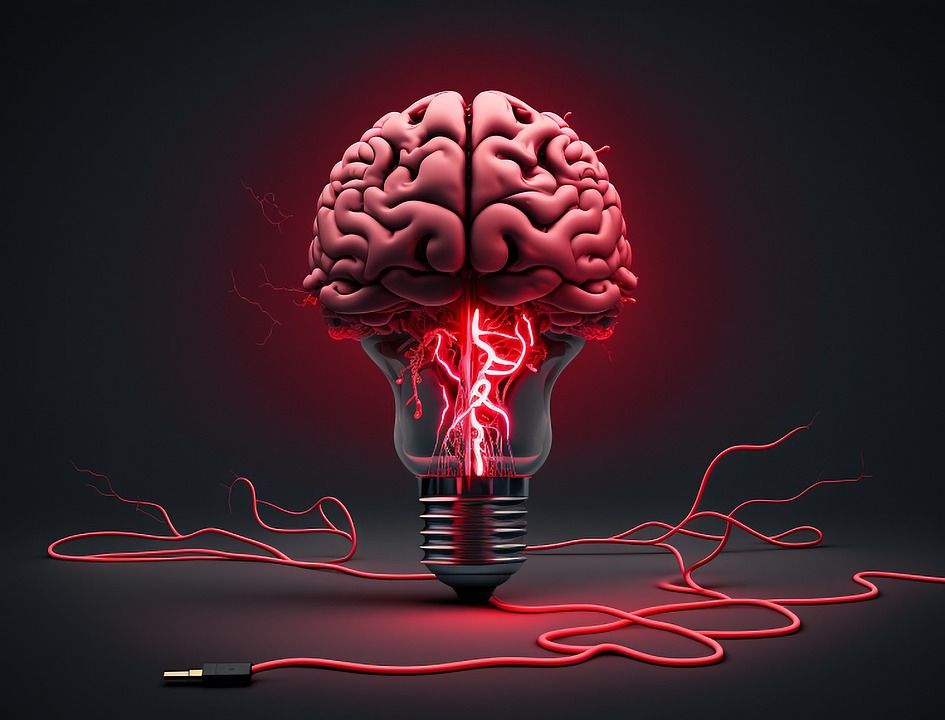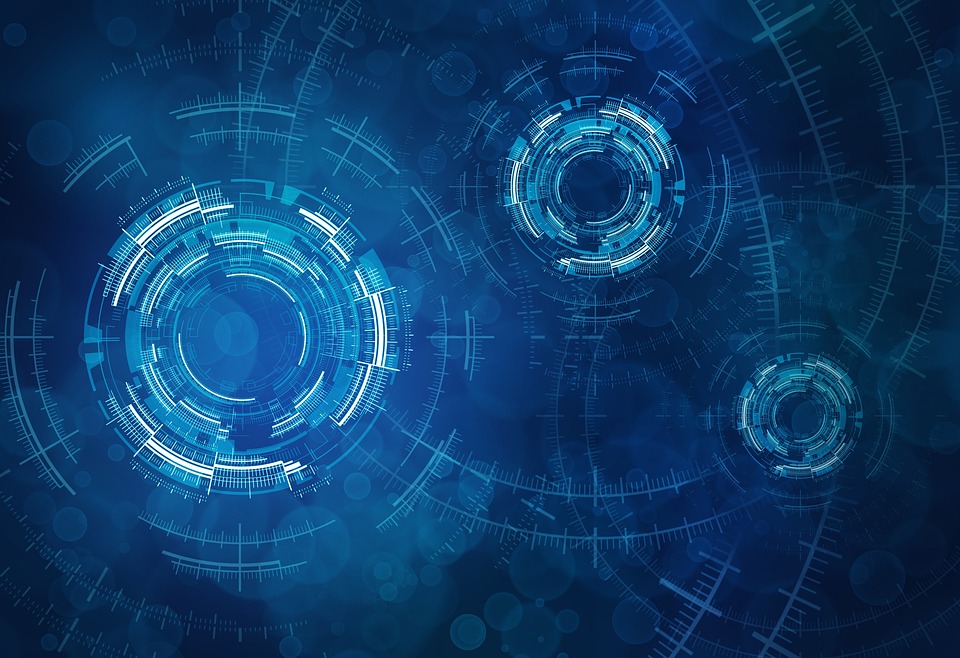Artificial Intelligence (AI) robots have gained significant popularity in today’s world. They are increasingly utilized in various industries, including manufacturing and healthcare, and continue to advance. AI robots possess the ability to perform intricate tasks, such as object recognition, speech comprehension, and decision-making. While AI robots offer immense usefulness, they also bring along potential drawbacks. In this article, we will explore the pros and cons of AI robots.
The Pros
One of the primary advantages of AI robots is their capacity to execute complex tasks swiftly and accurately. They can be programmed to recognize objects, interpret speech, and make informed decisions. This versatility makes them highly valuable in a wide range of industries, facilitating tasks from manufacturing to healthcare. Moreover, AI robots can automate mundane activities, freeing up human workers to concentrate on more significant tasks.
AI robots can enhance workplace safety. By programming them to detect potential hazards, workers can be alerted to risks and potential dangers. This, in turn, reduces the likelihood of accidents and injuries.
Another benefit lies in the improvement of customer service. AI robots can be programmed to understand customer inquiries and provide precise answers. This results in higher customer satisfaction and reduced customer service costs.
The Cons
Despite the many advantages, AI robots also come with potential downsides. One major concern is the possibility of AI robots replacing human workers. As AI robots evolve, they may be capable of performing tasks previously done by humans. This could lead to job losses and a decrease in wages for human workers.
Another issue to consider is the potential for mistakes by AI robots. While they are programmed to make decisions, they are not flawless. an error made by an AI robot could have serious consequences. For instance, in a healthcare setting, a mistake could result in severe injury or even death.
Furthermore, AI robots can be expensive to acquire and maintain. They require extensive programming and upkeep, which can be costly. Additionally, specialized hardware and software may be necessary, further adding to the expense.
Conclusion
AI robots offer immense usefulness across various industries, aiding in tasks such as object recognition, speech comprehension, and decision-making. However, they also present potential drawbacks, including the risk of job losses, the possibility of mistakes, and the associated costs of purchase and maintenance. Therefore, the decision to utilize AI robots should be made thoughtfully, considering both the potential benefits and drawbacks.





